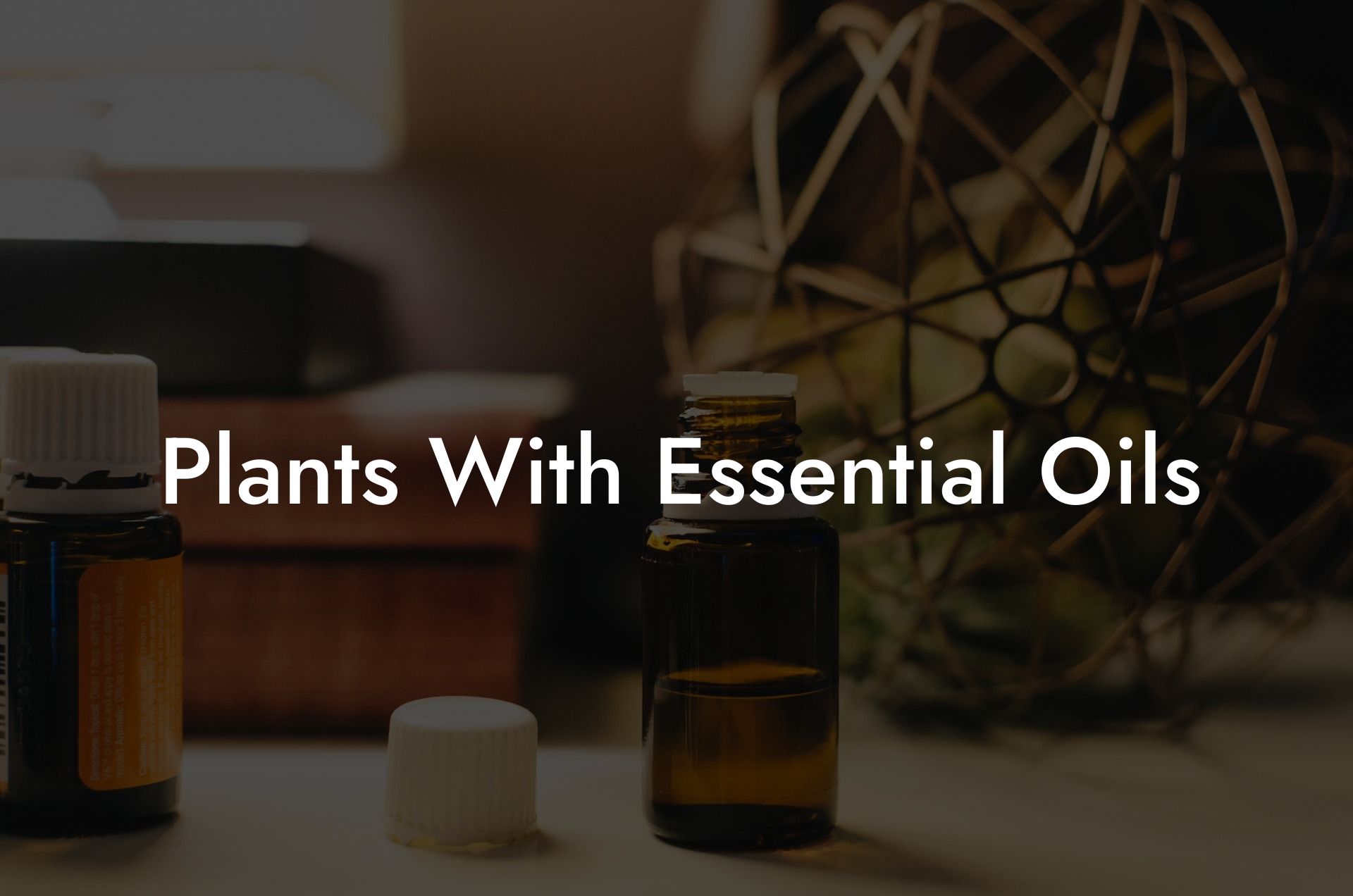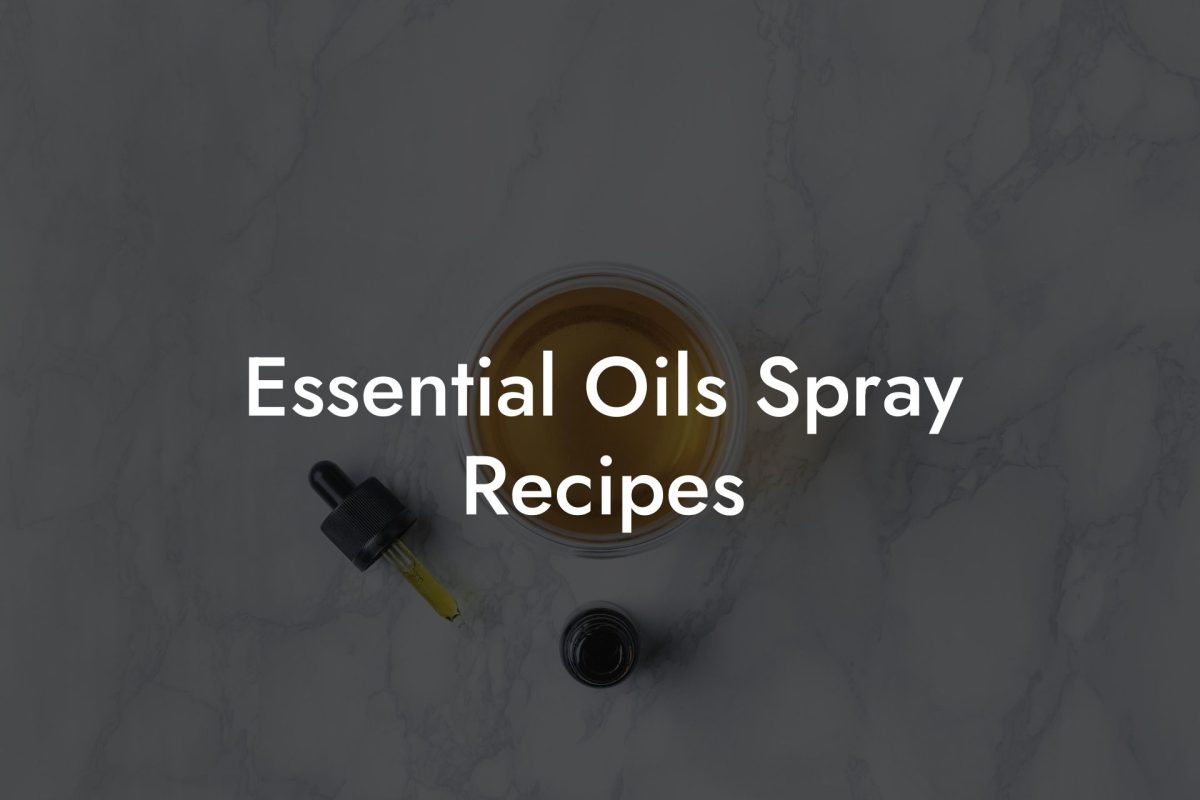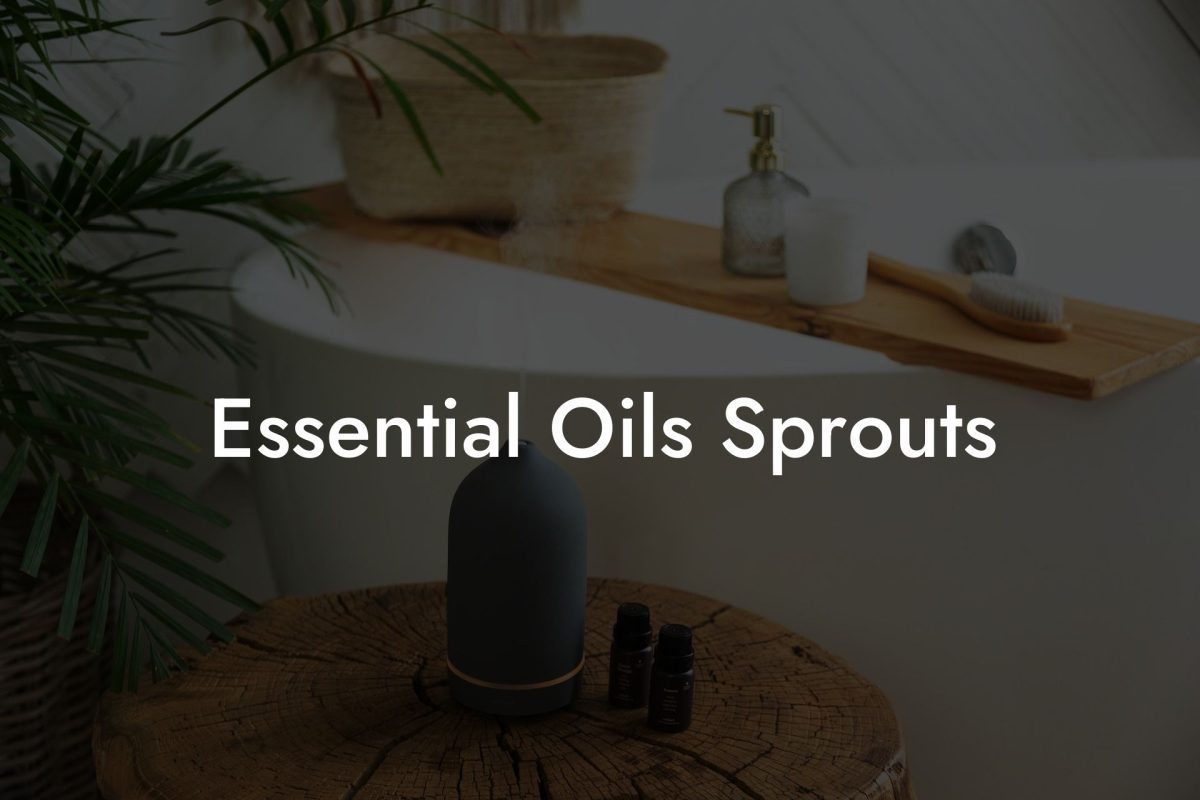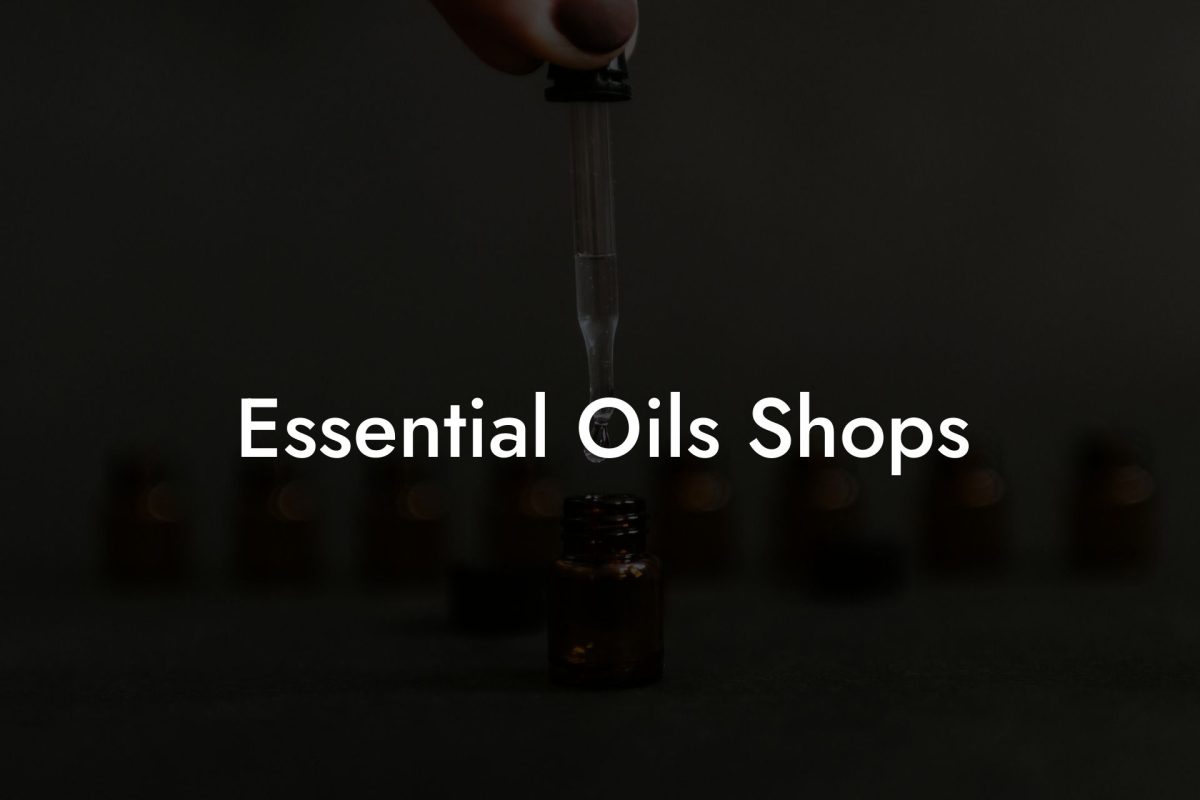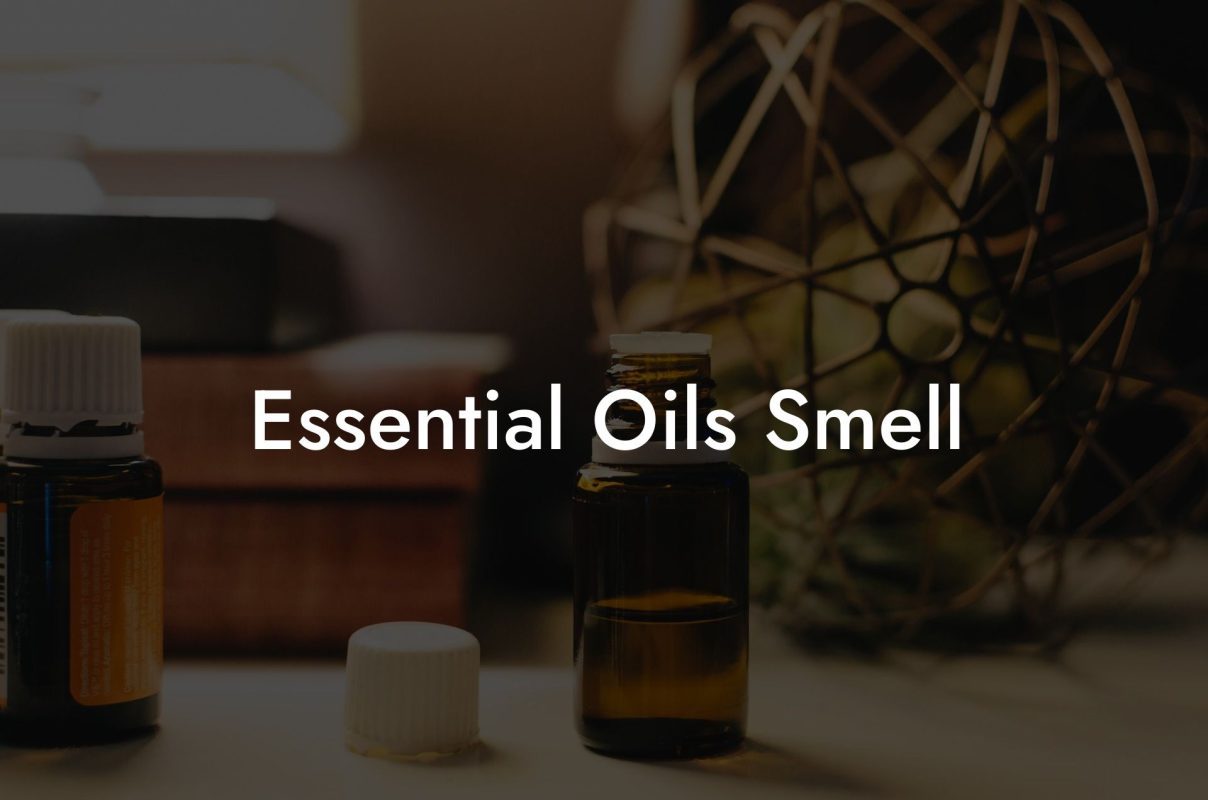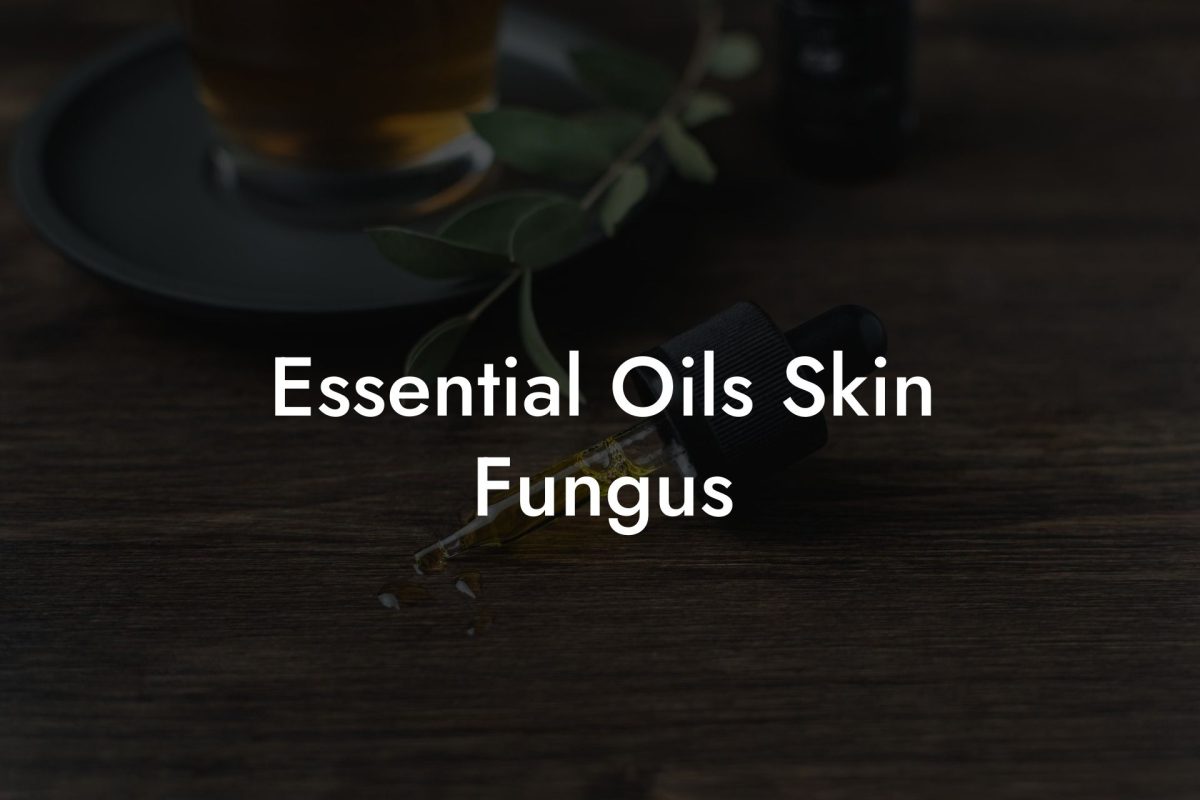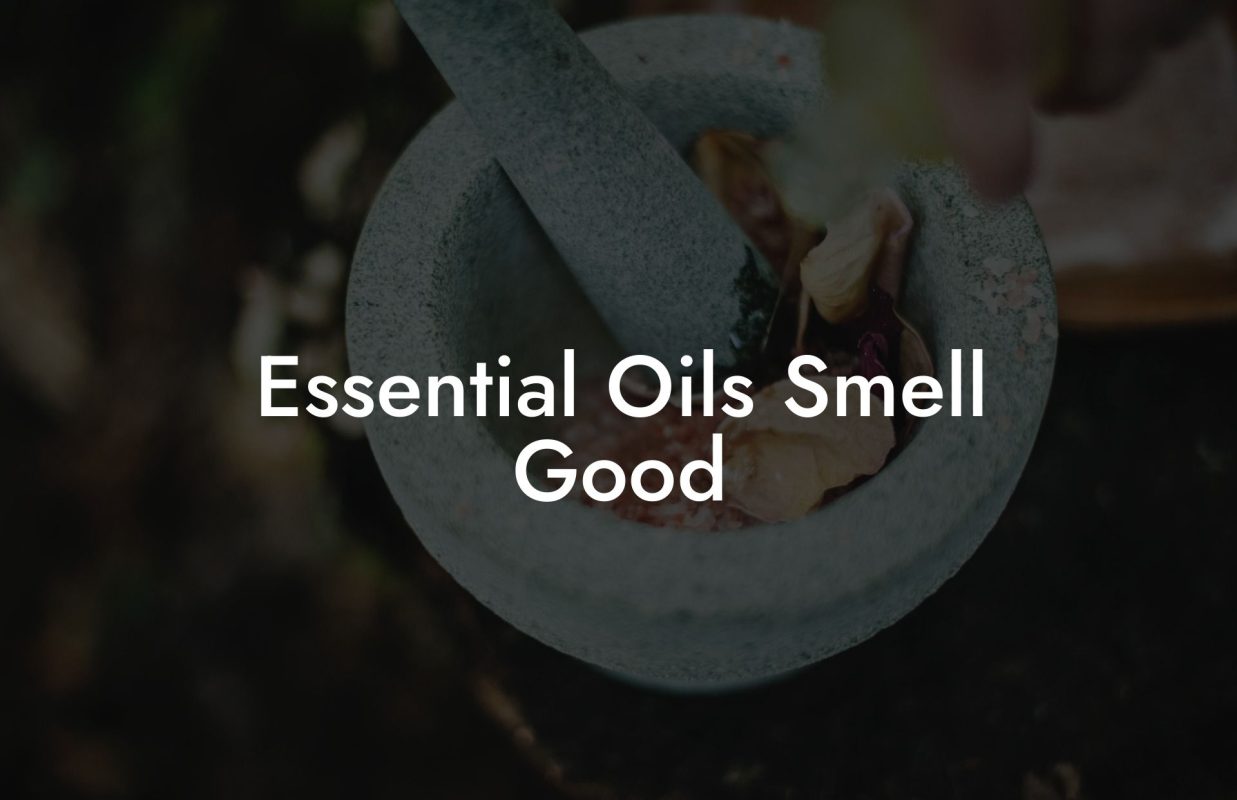Wouldn’t it be wonderful to harness the power of nature to improve your overall wellbeing? That’s the idea behind essential oils, which are derived from various plant species known for their diverse therapeutic properties. In this enlightening guide, we’ll explore some of the most popular plants that yield essential oils, how they’re extracted, and their many benefits. By the end, you’ll be well on your way to incorporating these potent botanicals into your daily life. So grab your diffuser, and let’s dive into the wonderful world of essential oils!
The Power of Plants
Essential oils are concentrated volatile aromas and chemical compounds extracted from specific parts of plants, such as the leaves, flowers, bark, roots, or seeds. The oils extracted from these plants often carry the unique characteristics, benefits, and healing properties that the plant itself possesses.
1. Lavender
- Botanical name: Lavandula angustifolia
- Plant part: Flowering tops
- Extraction method: Steam distillation
Lavender is one of the most widely used essential oils, with a floral and calming scent. It’s popular for promoting relaxation, easing stress, and improving sleep. Applied topically, lavender can also help soothe skin issues such as burns, insect bites, and eczema.
2. Tea Tree
- Botanical name: Melaleuca alternifolia
- Plant part: Leaves
- Extraction method: Steam distillation
Tea tree oil boasts strong antimicrobial and anti-inflammatory properties, effective in treating acne, dandruff, and athlete’s foot, among other skin issues. Its crisp, medicinal aroma also makes it an excellent addition to cleaning products.
3. Peppermint
- Botanical name: Mentha piperita
- Plant part: Flowering plant
- Extraction method: Steam distillation
Peppermint essential oil is best known for its cooling, invigorating effects and robust menthol aroma. It’s often used to alleviate headaches, digestive issues, and muscle pain. Furthermore, peppermint oil is thought to enhance mental focus and energy levels.
4. Eucalyptus
- Botanical name: Eucalyptus globulus
- Plant part: Leaves
- Extraction method: Steam distillation
Eucalyptus oil is popular for its fresh, uplifting scent and powerful antimicrobial properties. A go-to choice for relieving respiratory issues like coughs, colds, and congestion, eucalyptus is also effective in soothing muscle pain and inflammation.
5. Lemon
- Botanical name: Citrus limon
- Plant part: Fruit peel
- Extraction method: Cold pressing
With its bright, energizing aroma, lemon essential oil is perfect for increasing mental alertness and concentration. It’s also a natural antibacterial agent, making it a great addition to DIY cleaning products. Applied topically, diluted lemon oil can help brighten the skin and reduce the appearance of blemishes.
Plants With Essential Oils Example:
Imagine coming home from a stressful day at work or school, and you’re seeking a moment of relaxation. You can fill your diffuser with a blend of lavender, chamomile, and bergamot essential oils to create a calming atmosphere that helps to ease your worries and prepare your mind for a restful night’s sleep. The soothing aroma envelops your senses as you drift into a peaceful slumber, waking up feeling rejuvenated and ready to conquer the day ahead.
So there you have it – a fascinating glimpse into the world of essential oils and the powerhouse plants behind them. As you explore these botanical wonders, you’ll quickly discover the myriad of ways they can enhance your everyday life, from boosting your mood to supporting overall health. If you found this guide helpful, don’t forget to share it with friends and family members who might also be keen on incorporating natural remedies into their wellness routines. And of course, be sure to check out our other essential oil guides and expertly crafted Oshu Oils products to elevate your aromacology experience. Until next time, happy oil and scent exploration!

